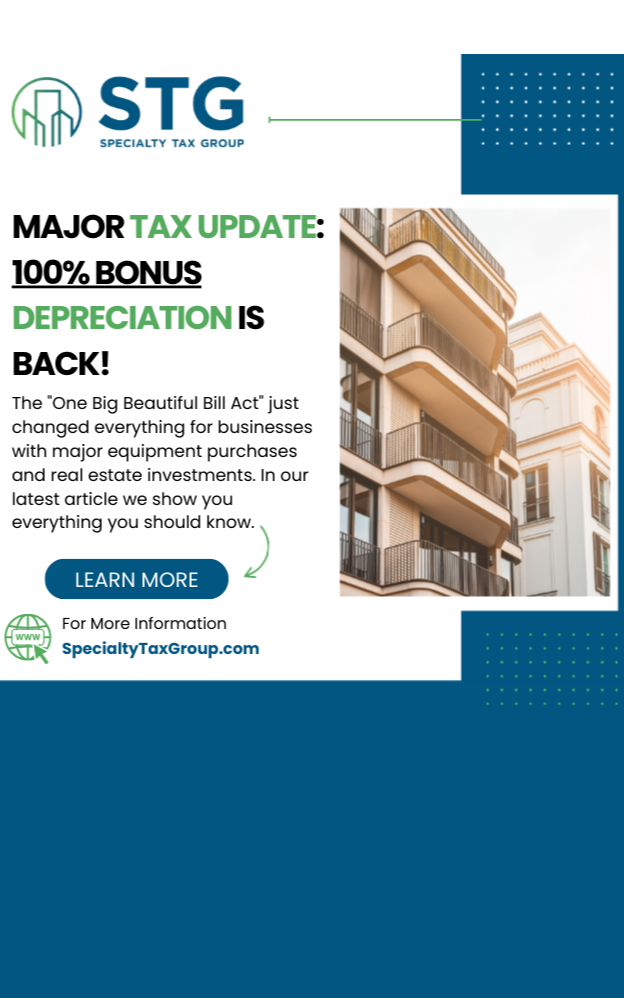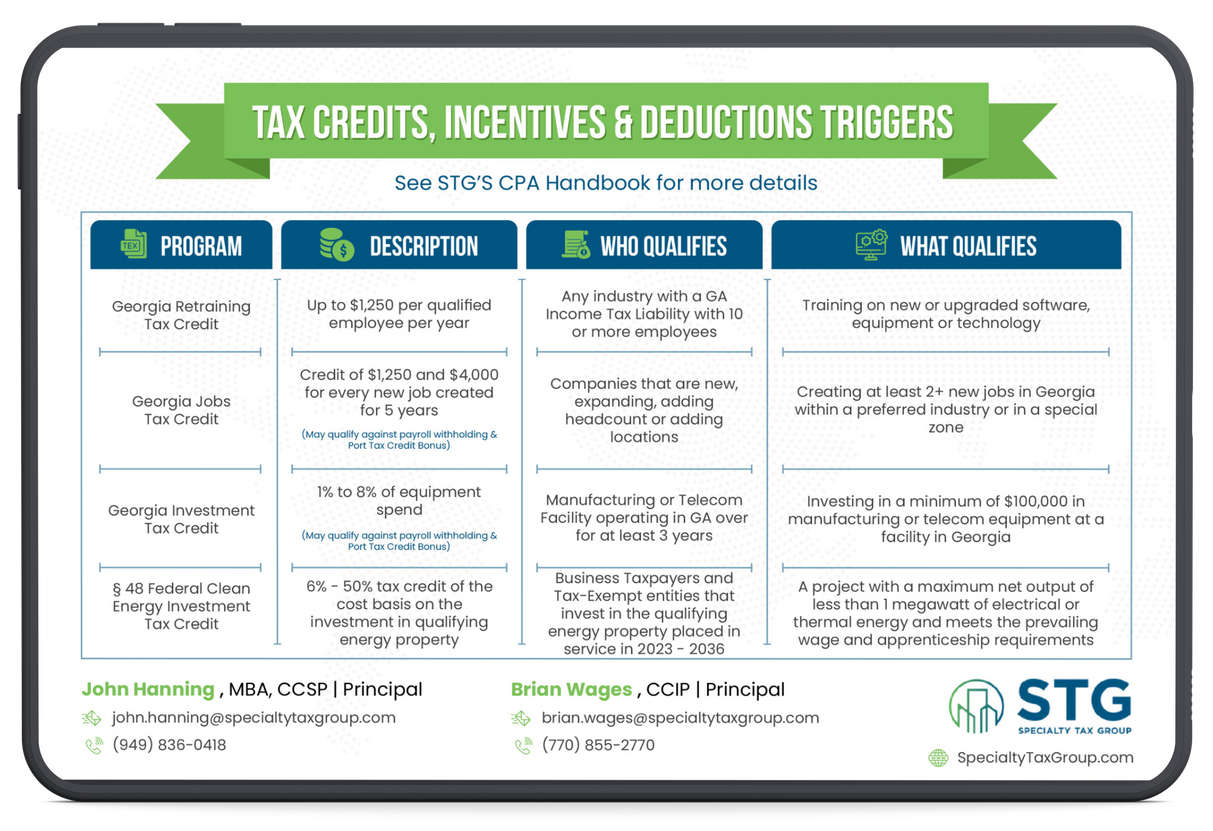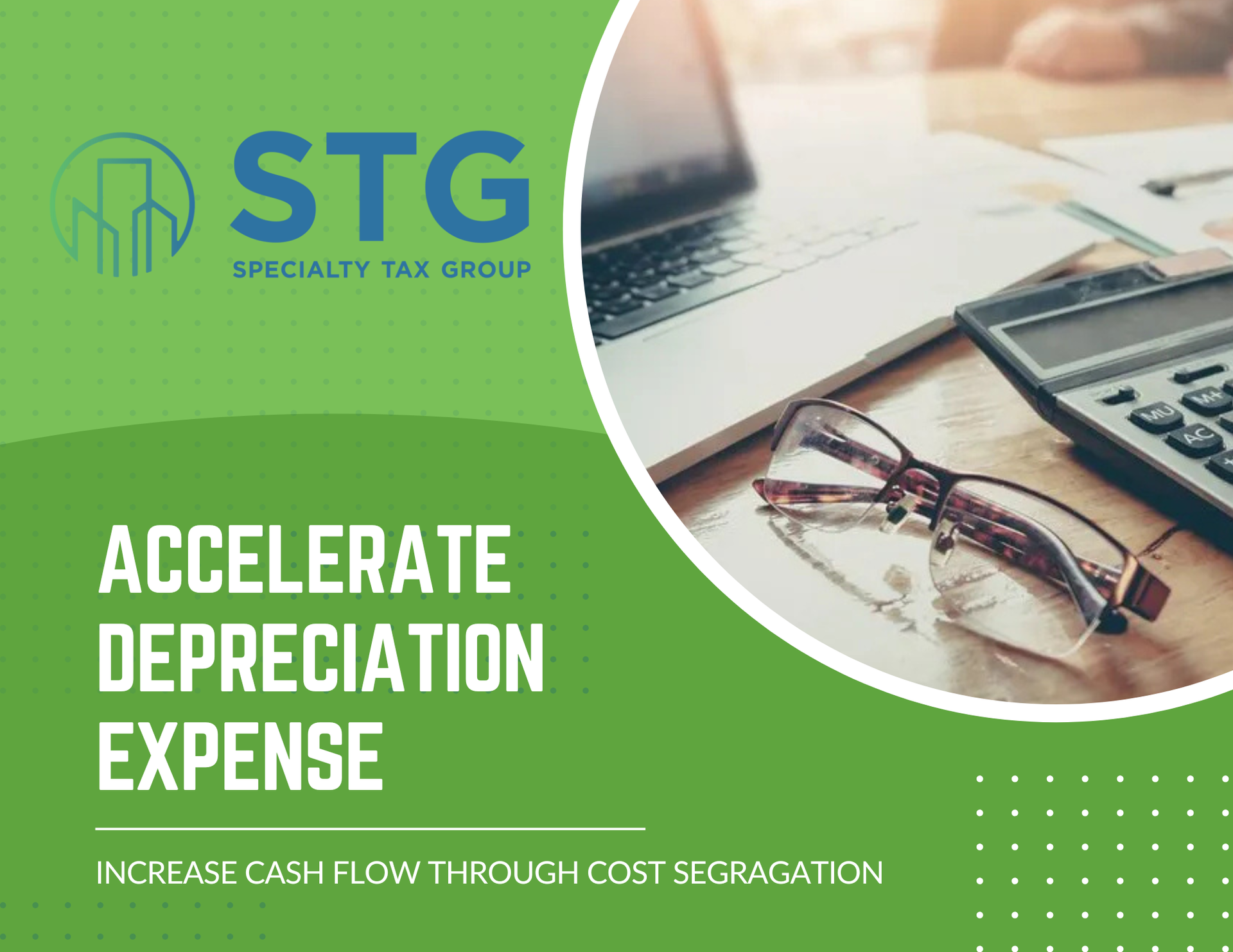This blog post has been researched, edited, and approved by John Hanning and Brian Wages. Join our newsletter below.
Key Takeaways
- IRA credit transfer rules have created a $20–25 billion market in 2024 for clean energy tax credits
- Effective structuring of sponsor equity/tax equity roles is crucial for maximizing returns
- Optimized community solar tax equity increases energy access for underserved populations
The community solar sector is experiencing remarkable growth, with installations in the U.S. growing by 3% in 2023, adding over 1,100 MWdc of new capacity (SEIA). As this market expands, maximizing investment value requires strategic financial structuring.
Today's successful developers leverage credit transfer opportunities, tax equity structuring, and shared ownership models to generate both strong financial returns and broader community access to clean energy.
Understanding Community Solar Tax Equity
What Is Community Solar Tax Equity?
Community solar allows multiple subscribers to share the benefits of a central solar facility. Tax equity is capital provided by investors (typically banks or corporations) in exchange for tax benefits like the investment tax credit (ITC) and depreciation. This arrangement benefits both parties: investors reduce tax liability while developers secure funding.
Unlike traditional solar investments, community solar's shared model requires more sophisticated structuring to distribute benefits equitably. Learn more about How Community Solar Works.
The 2025 Tax Equity Landscape
The Inflation Reduction Act (IRA) has transformed renewable financing. The IRS reports over $6 billion in clean energy credits claimed in 2023 alone (IRS).
With the tax credit transfer market projected to reach $20–25 billion in 2024 (Utility Dive), optimized tax equity structures provide a competitive advantage in both fundraising and returns.
Tax Credit Transferability Mechanics
IRA Credit Transfer Rules Explained
The IRA introduced a game-changing option:
- Project owners can now directly transfer eligible tax credits to other taxpayers
- Qualifying projects include most solar and storage installations
- The process involves filing an election with tax returns; buyers pay cash (typically at a discount)
- Transfers must follow IRS timelines and documentation requirements
This streamlined approach has fueled the
$20–25B tax credit transfer market and gives community solar developers more flexibility and potential upside.
| Feature | Traditional Tax Equity | IRA Credit Transfer |
|---|---|---|
| Complexity | High,requires partnerships | Moderate,direct cash sale |
| Timeline | Longer (extensive legal setup) | Faster |
| Investor pool | Limited to large corporations/banks | Any company with tax liability |
| Sponsor retention | Lower yield (shared with partner) | Higher yield |
Solar and Storage Synergy
Solar and storage represent a third of all transferable tax credit deals, accounting for $7–9 billion in 2023 transactions (pv magazine USA). Adding storage to community solar projects increases grid resilience while accessing additional incentives.
Structuring for Long-Term Tax Efficiency
Understanding Sponsor Equity vs. Tax Equity Roles
The relationship between key stakeholders determines project success:
- Sponsor equity: The developer who initiates and manages the project
- Tax equity: The financial partner primarily seeking tax benefits
Common partnership structures include:
- Flip partnerships: Co-ownership where tax equity receives most benefits until reaching target returns
- Leasing arrangements: Sponsor leases the system while maintaining partial economics
- Direct ownership with credit transfer: A newer model enabling sponsors to retain more upside
The structure you choose affects your share of the $7–9 billion solar tax credit market (pv magazine USA).
Managing Passive Loss Limitations
Passive activity loss rules can significantly impact investor returns. Unless investors "materially participate" in the business, losses are only deductible against passive income.
To optimize results:
- Structure agreements to ensure material participation by managing members
- Implement "qualified active participation" strategies
- Align allocations with expected passive income
Financial and Social Benefits
Financial Returns through Optimized Structures
With over $6 billion in clean energy credits claimed in 2023 (IRS), the financial opportunity is substantial.
Practical Example:
- A $5 million community solar project can generate $1.3–$1.5 million in ITCs
- Through credit transfers, this could yield $1.1–$1.3 million in cash, with additional benefits from bonus incentives
Advancing Energy Equity
Community solar drives energy inclusion. Research shows community solar subscribers are six times more likely to live in multifamily housing and four times more likely to rent (pv magazine USA).
Well-structured projects can:
- Reach diverse subscriber bases
- Support local energy equity goals
- Build community support
Navigating Challenges
Common Hurdles
Key challenges include:
- Transaction costs: Legal fees and buyer discounts can reduce net proceeds
- Compliance requirements: IRS scrutiny demands meticulous documentation
- Incentive coordination: Bonus credits have different eligibility timelines
Mitigation strategies include working with experienced advisors, building compliance checks into project schedules, and establishing clear terms upfront.
Staying Current with Policy Changes
The regulatory landscape continues to evolve. To stay ahead:
- Monitor IRS notices regularly
- Build flexibility into project structures
Strategic Outlook
The tax credit transfer and equity market is projected to exceed $40 billion in 2024, with community solar among the leading sectors (pv magazine USA).
Future trends include:
- Innovations in partnership structures
- New compliance requirements
- Increased automation in documentation and verification
Projects with adaptable, forward-looking structures will outperform as the market evolves.
Taking Action
Maximizing community solar tax equity requires strategic application of IRA credit transfer rules, careful structuring of sponsor/tax equity relationships, and proactive compliance management.
For customized guidance on your next community solar project, contact our experts at
Specialty Tax Group.
2024 Tax Guide





